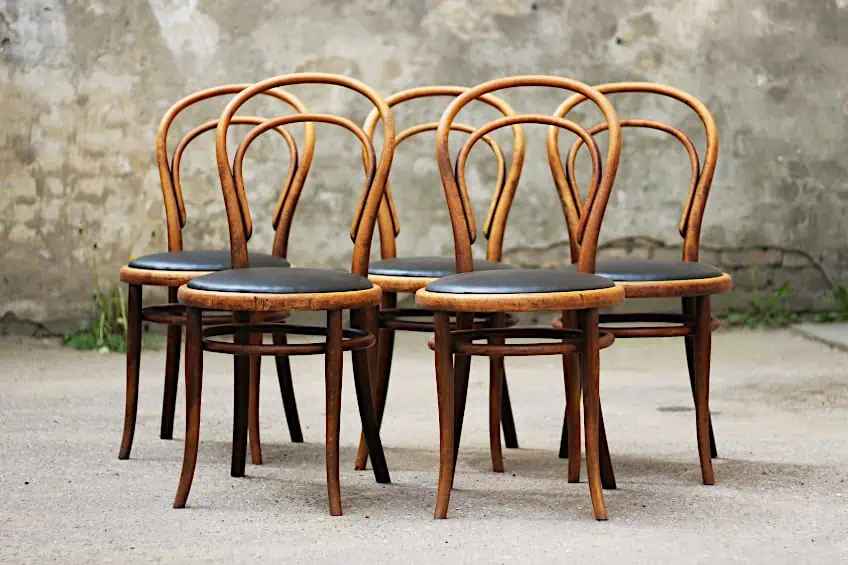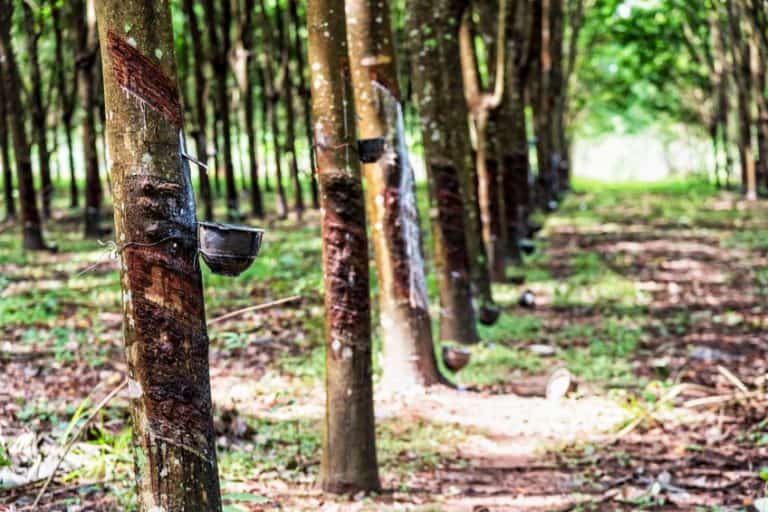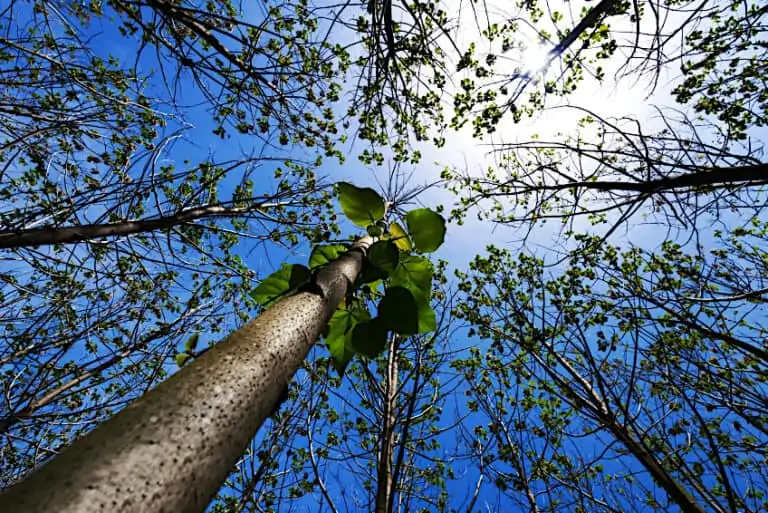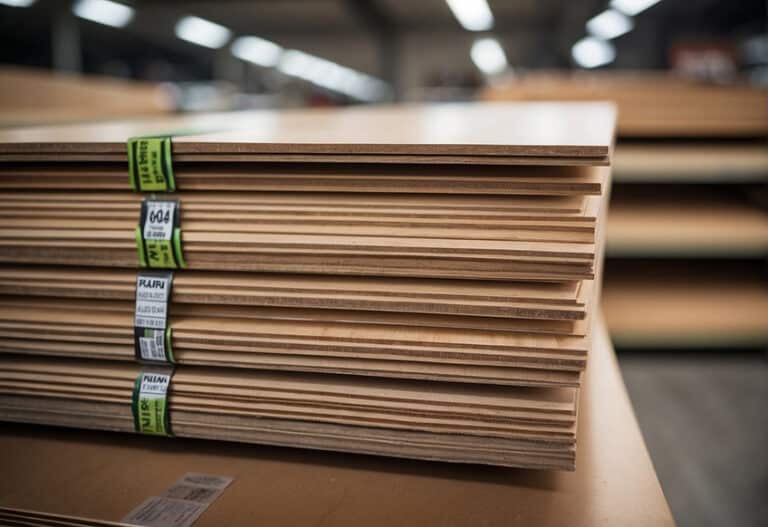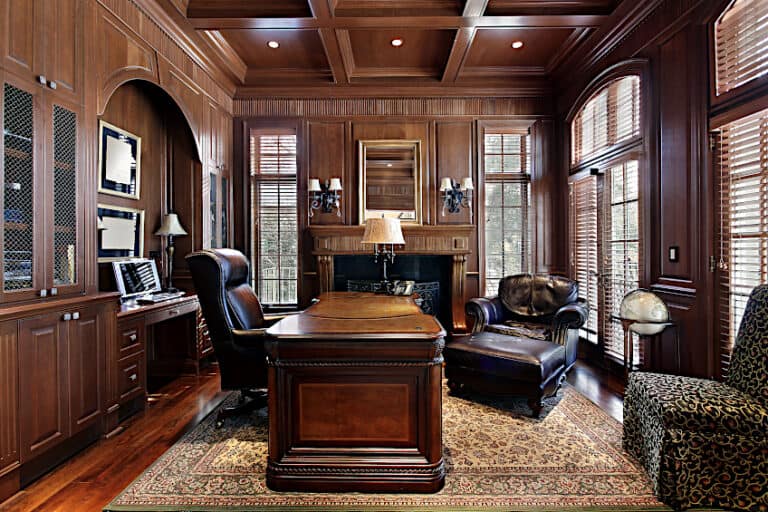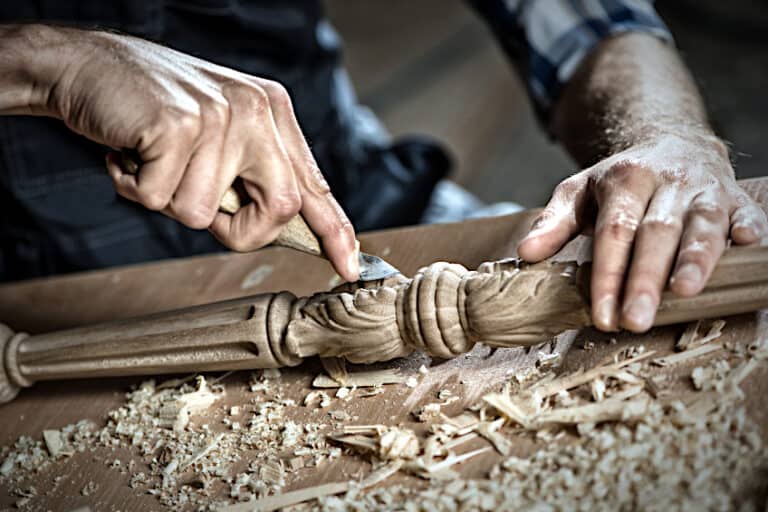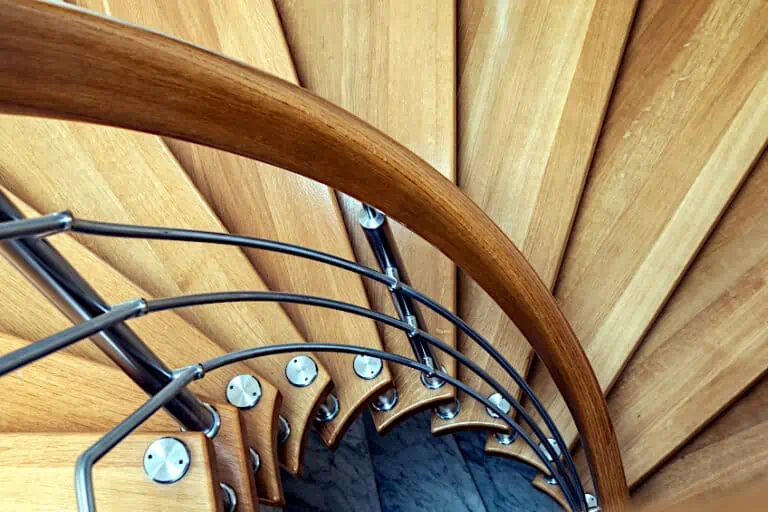What Is Beechwood? – Get to Know This Classic Hardwood
There are loads of high-quality hardwood species to choose from these days, but most of them tend to look and feel very similar. Ordinarily, if you want a high-quality hardwood you could use for flooring or large furniture, you’d likely go with a wood like oak or walnut. This isn’t surprising considering how durable and long-lived these wood species are, not to mention their inherently attractive grain pattern and color scheme. However, if you’re looking for something different, you should consider using beechwood as a great alternative to walnut, oak, and other conventionally used wood species. What is beechwood though? Let’s have a look at exactly what beechwood is, what it’s used for, what it looks like, where you can find it, and whether you can use wood treatments to improve and protect it.
Table of Contents
What Is Beechwood?
What is beechwood? Beech is a species of hardwood that can be found primarily in the Americas, Europe, and areas immediately surrounding these regions. Beech can be characterized as being extremely hard and heavy, which is why it was and still is used in the construction of mining rails in some parts of the world, although cast iron is preferred these days due to its superior tensile strength and resistance to corrosion. Back in the 1700s and 1800s it was highly sought after in the field of cabinetry because it was so readily available, which is why vintage beechwood furniture can be found all over the world, and they can go for a pretty penny if they have been well-maintained.
| Beechwood Characteristics | |
| Botanical Name | Fangus |
| Locations | USA, Canada, Mexico, Europe (Fangus genus only) |
| Color | Light pink/Honey yellow when sun-dried |
| Applications | Doors, platforms, stairs, furniture, kitchen countertops, couches, bookshelves, veneer, plywood, tool handles, sporting goods, musical instruments, toys |
| Density | 1565 lbs per square meter (710 kg) |
| Janka Hardness Rating | 1300 |
| Availability | Readily available |
| Affordability | Reasonably priced |
| Wood Grain | Straight-grained |
| Smell | Odorless |
| Durability | Low durability without wood treatment |
| Ease of Use | Easy to cut, saw, brush, glue, nail, screw, and finish with wood treatments and paints |
| Acceptance of Wood Treatment and Paint | Very good |
Is Beechwood Solid Wood or Engineered Wood?
Is beechwood a solid wood or an engineered wood? Well, first off you should understand what engineered wood is. Unlike wood that is grown naturally, then felled and cut up, engineered wood is often made up of little leftover wood pieces that are repurposed and joined together to form a solid wood board. This is great for the environment and the end result is often stronger than what you would have when utilizing a piece of solid wood.
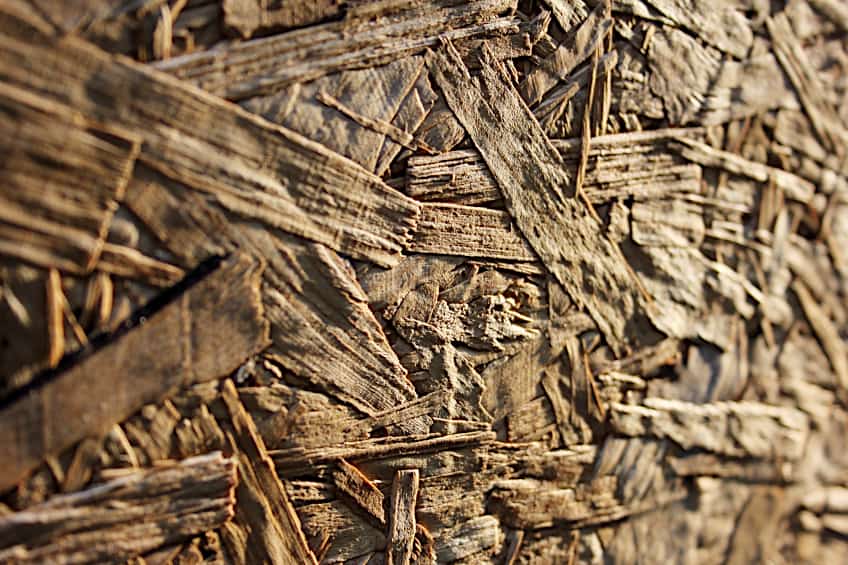
While it might go without saying, beechwood is in fact a solid wood. It is harvested from beech trees which, as we mentioned previously, can be found all over the US and some parts of Europe. Beechwood is quite hard and dense which means it can stand up to quite a bit of punishment like most other hardwoods in its class.
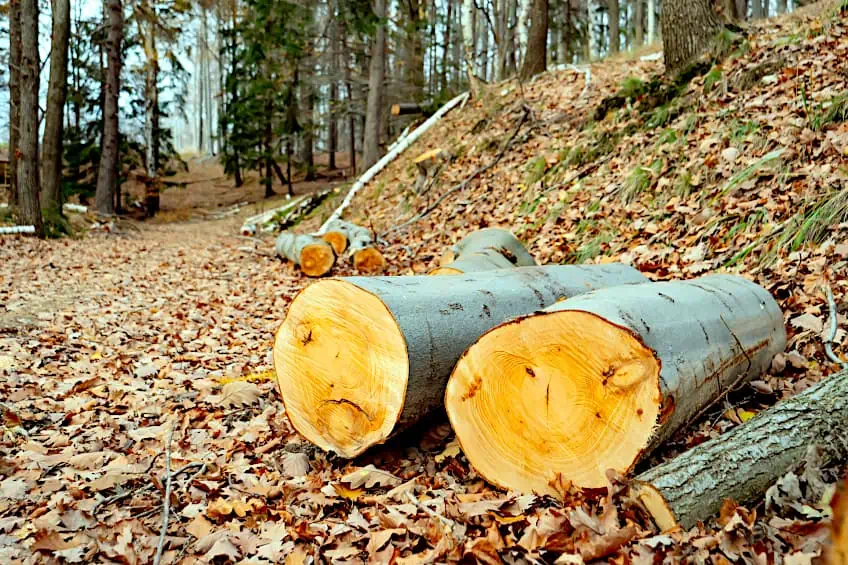
However, this does not mean that beechwood can only be found as hardwood. In fact, beechwood can be used both as a solid wood and engineered wood. As an engineered wood, small fragments of beechwood are mixed with a type of epoxy resin and formed into a shape. These wood pieces are then molded and heat pressed into solid form, often which are denser than a solid wood board.
Engineered woods used to have a bit of a negative reputation. Particle board in particular used to be pretty flimsy and not very resistant to moisture, but these days engineered wood is far more durable. Engineered woods like particle board, multi-density fiberboard (MDF), and veneered boards, have extraordinary load-bearing capabilities and are a lot easier to implement and maintain compared to solid wood.
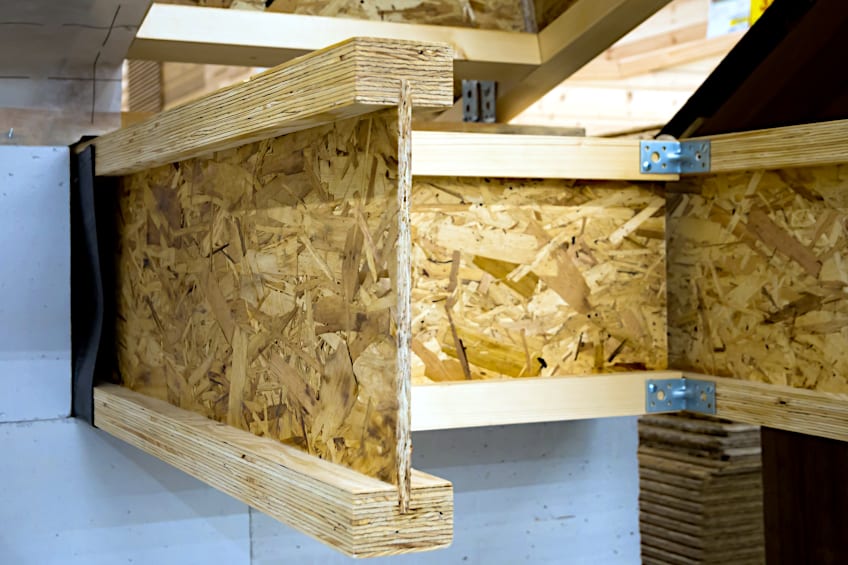
What Does Beechwood Look Like?
Wondering what beechwood looks like? Well, it can be a bit challenging to identify any hardwood species simply by looking at it. However, beechwood is pretty unique in its appearance and it is fairly easy to identify compared to other hardwood species in its class. So, what does beechwood actually look like?
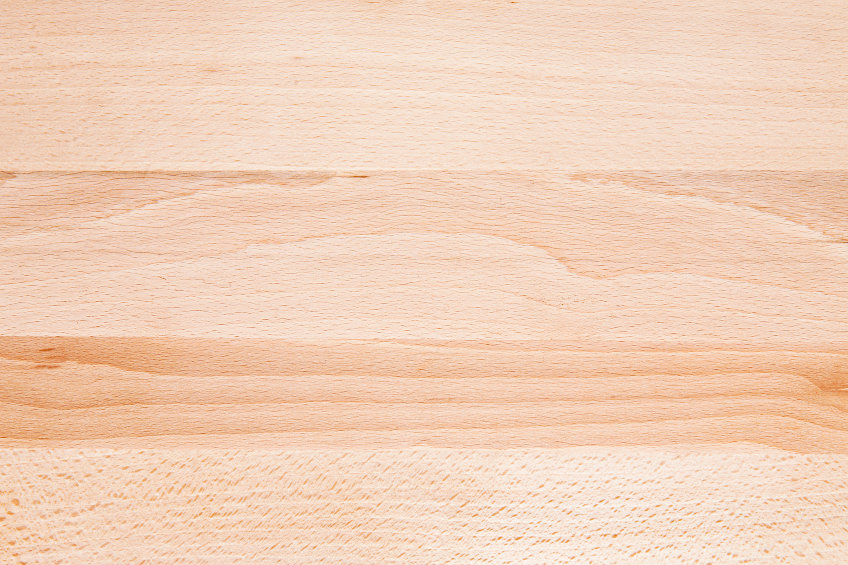
Beechwood is pretty light in color, but when exposed to sunlight it can take on a reddish-pink hue over time. It also has a fairly uniform texture and color, with very few saturated spots and deviation from the grain pattern. beechwood grain is really straight, which makes It a particularly easy wood to work with unlike some of the other hardwood species you might come across.
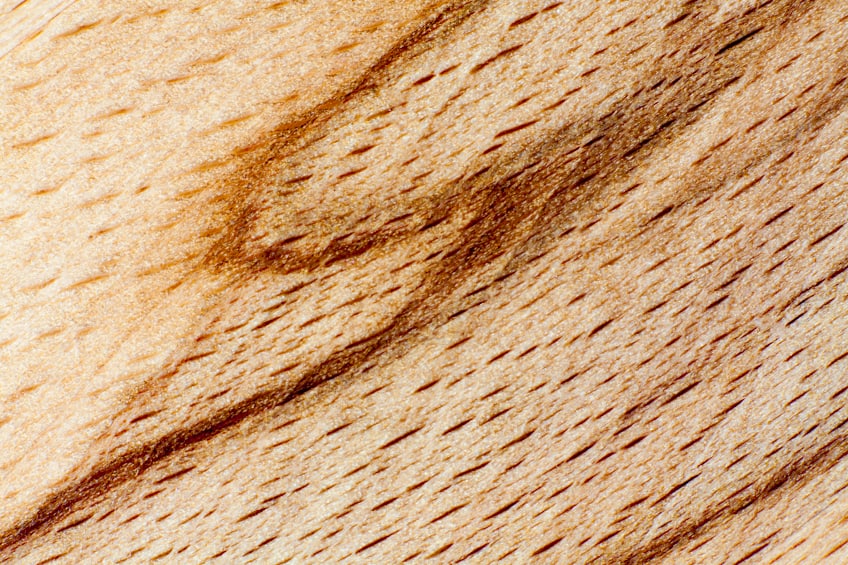
Beechwood that has been left in the sun for a while is known as vaporized beechwood, and it’s a popular choice in the creation of beechwood furniture. The color of beechwood can vary considerably depending on which region it’s from, and if you’re like to ensure that the color of your beechwood does not change over time you should consider applying a wood treatment oil or protective coating like resin.
Considering how well beechwood takes to the use of things like wood stain and paint, it actually has some really small pores. This is unusual considering that most woods with tightly grained pores tend to get quite blotchy when treated with oils, paints, or resin. This is a unique characteristic among hardwood species, which makes beechwood pretty special.
What Is Beechwood Used For?
Beechwood is actually pretty commonly used in loads of applications. In fact, you can find it all over the world in various industries being used for things like decoration, construction, load-bearing, tool creation, and even sports equipment! To paint a better picture, we’ve prepared a short list of some of the most common applications of beechwood for you to have a look at.
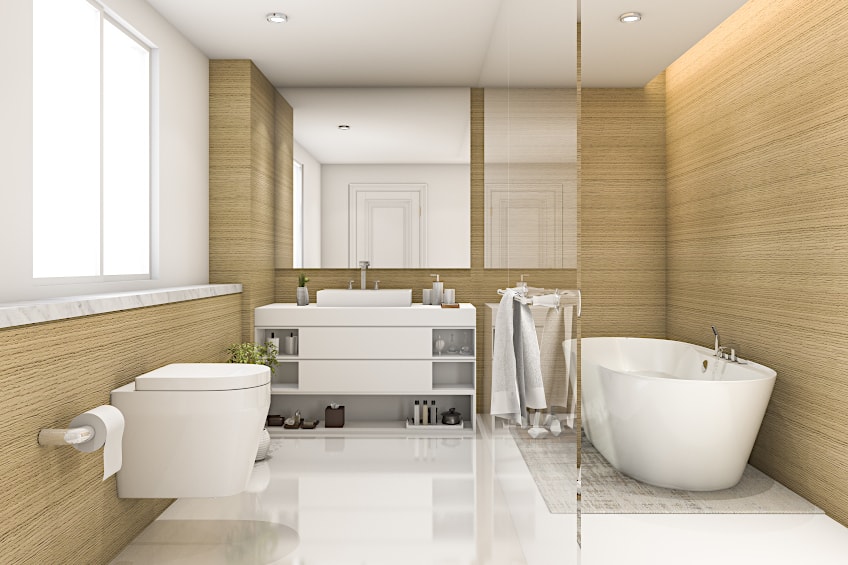
Furniture Creation
Some of the most common beechwood uses include the construction of furniture. Beech is strong and easy to work with, so it isn’t surprising that loads of wood crafters have taken to using it as the backbone of their furniture and upholstery businesses. Beech can be used to construct things quickly and easily, such as couch frames, bedside tables, dining room tables, bed frames, and even entire countertops! Beech is also one of the woods most suited to making bentwood furniture.
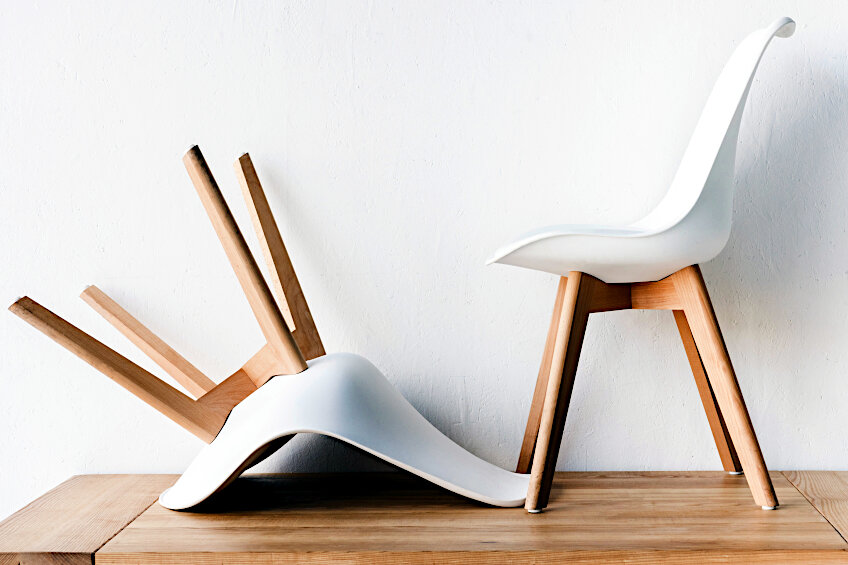
When used in its solid wood form, beech is really versatile. When used in the creation of engineered wood its versatility increases tenfold. Beech isn’t known for its durability in its solid wood form, but when used as a veneer or compressed into MDF, its durability and maintenance requirements decrease drastically, which is why engineered wood made of beech is often used in the creation of modular furnishings.
Home Decoration and Furnishings
Beechwood uses aren’t limited to the creation of modular furnishings though. Beech is relatively affordable and readily available in most states, so it is often used to create primary fixtures in the home such as doors and window sills too. Its straight grain and even texture ensure a seamless aesthetic throughout any space in which it is used, which is ideal in the interior design industry.
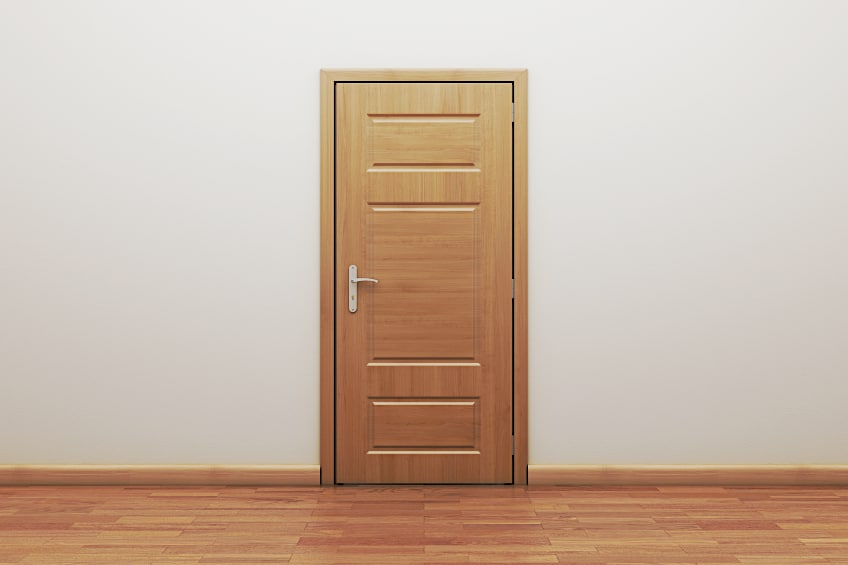
Even if the species of beech you have isn’t uniformly colored, which is rare, this is nothing more than a speed bump when you’re working with beech. Beech loves to be stained, painted, and even varnished, so matching your aesthetic from one room to another is virtually effortless. Additionally, beechwood can be cut, nailed, tapped, and drilled easily, so modifying the size of doors, windowsills, and even countertops is a quick and painless exercise.
Tool Creation
Beechwood characteristics make it quite the all-around material for pretty much anything you can think of. One application you may have overlooked when thinking about ways to use your beechwood is in the creation of tooling. Not only can you use beechwood to create handles and guards for your tools, beech is also one of the woods considered ideal for making wooden joiner’s mallets.
Beechwood is hard yet malleable enough to absorb impact with relative ease. This makes it the ideal material for the construction of handles and grips for shovels, chisels, pokers, brushes, carts, and even plows! Using beechwood lumber in the construction of tool handles also lends them an air of class, as these handles can be stained and varnished so they look really cool when they’re sitting on your workbench waiting to be used.
Musical Instruments
We mentioned previously that beechwood is hard, but not brittle enough to split under impact. This particular characteristic gives it great acoustic value too, which is why beechwood is used in the construction of many musical instruments. Its ability to be shaped with ease and carry sound has made beechwood something of a staple in the musical instrument industry.
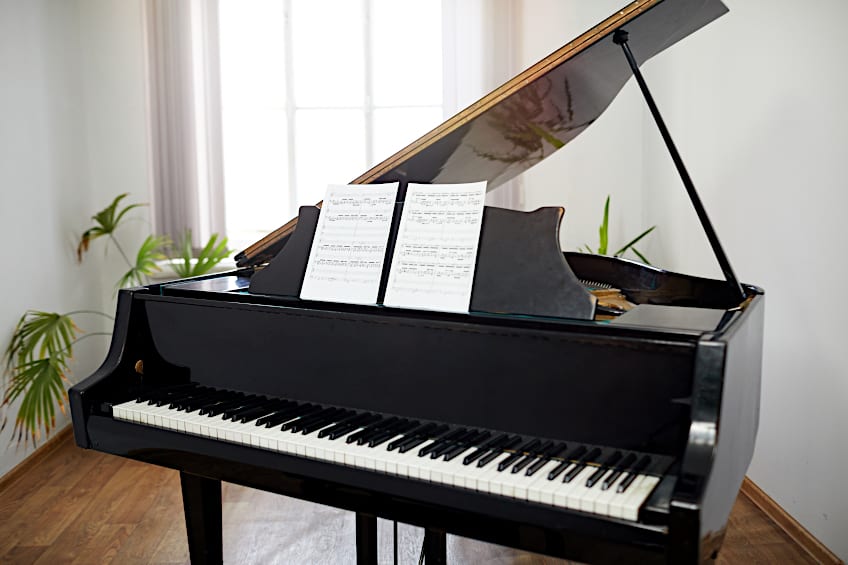
Beechwood grain makes it a solid choice for piano tops, guitar faces, and even little string instruments like banjos! The swooping lines and consistent texture of beechwood give instruments a refined look, and since beechwood is easy to maintain and paint, these instruments can be made to fit different tastes and budgets too.
Sporting Goods
While you might think that sporting goods are made out of metal or more durable synthetic materials, often the best material for sporting goods is a graded hardwood like beech. beechwood is used in the construction of various sporting equipment because of its amazing rigidity to flexibility ratio, which means that it’s great at being hard, yet still flexible when necessary.
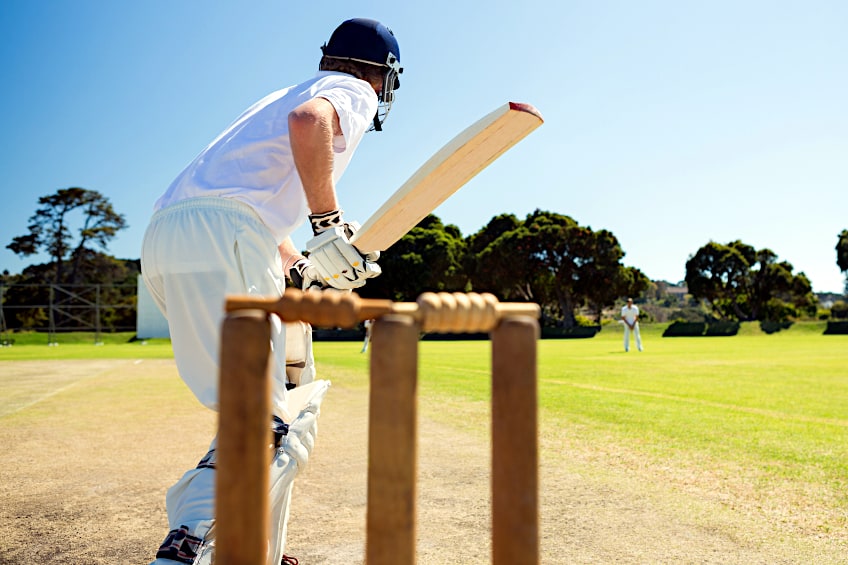
Beechwood is used in the construction of many types of sporting equipment including cricket bats, baseball bats, tennis rackets, and even gym trellises. beechwood color and grain make it easy to maintain and treat to prevent damage from moisture too and considering that rackets and bats tend to get a fair amount of sweat on them this makes beech an excellent choice for this application.
Wood Paneling
The idea of wood paneling might seem like it’s straight out of the 1970s, but when done tastefully it can really bring a space together while highlighting certain aspects of a workpiece. Since beech is affordable and easy to work with, it’s no surprise that beechwood is one of the most commonly used wood species when it comes to creating wooden trim.
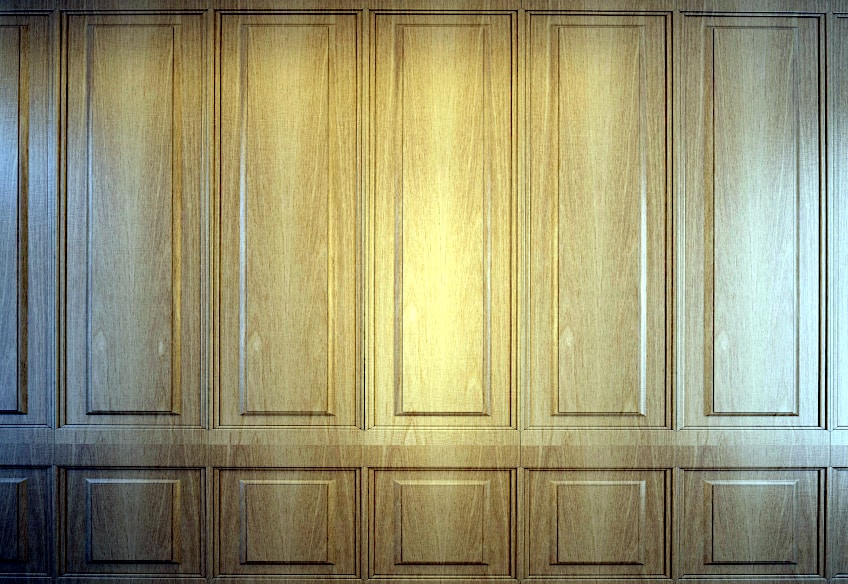
Again, beechwood’s suitability to be easily sanded, stained, treated, and/or painted plays a big role in why it is commonly used in the construction of wooden paneling. In some instances, even if the paneling itself isn’t made of beechwood, a beechwood veneer is added to the paneling to provide a straight-grained, stunningly colored finish to the panels.
What Are the Pros and Cons of Beechwood?
Unfortunately, there is no such thing as the perfect material. While beechwood might be affordable, readily available, and easy to work with, it has some key disadvantages that make it less than ideal for certain applications. This is why we have prepared a short list detailing some of the pros and cons of beechwood so you can decide if it’s the right fit for your next project.
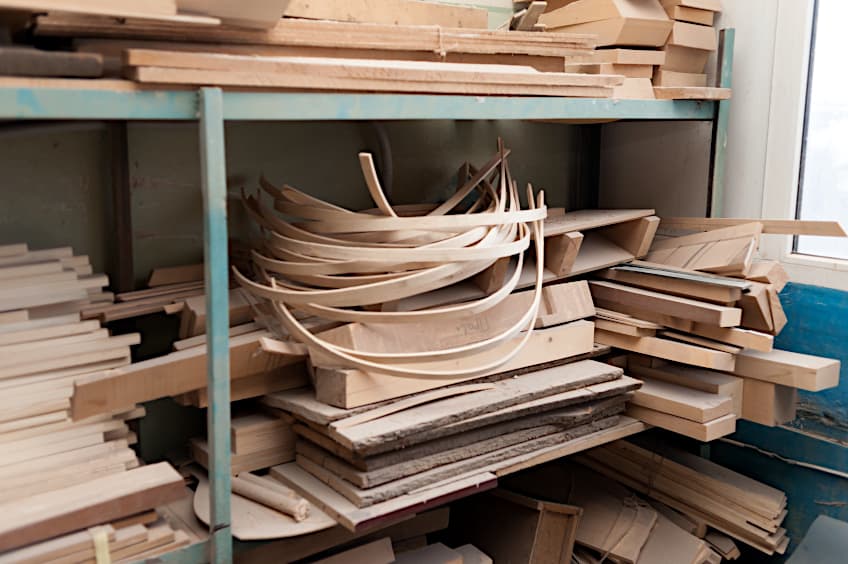
Pros of Beechwood
While we have mentioned some of the distinct advantages beechwood offers, we thought it might be a good idea to give you a bit of a more in-depth look at them. Remember that pros and cons are subjective to the application material is used for, so you might not think these are very advantageous if your application isn’t what beech would be used for conventionally.
Easy to Treat
Beechwood is notoriously easy to treat. What do we mean by “treat”? Well, beechwood tends to accept things like stain, varnish, and even resin really well. Other hardwood species tend to reject large amounts of wood treatment, but beechwood will happily soak up pretty much any wood treatment you throw at it.
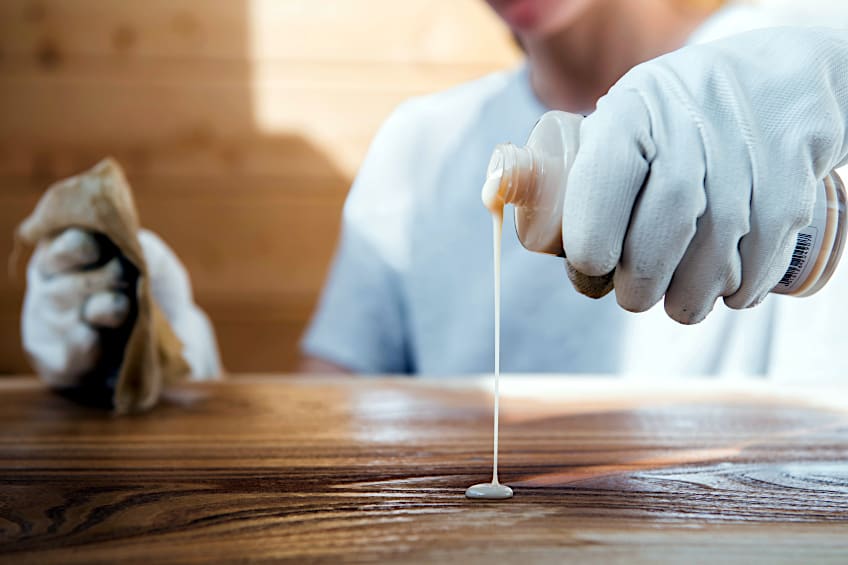
Hard and Dense
Besides being easy to treat, beechwood is great to use as a structural material for all manner of wood-crafting projects. This is because beechwood is dense and hard. Wood density plays an important part in its weight and stability, which will allow it to bear loads and retain its structural integrity when exposed to external forces.
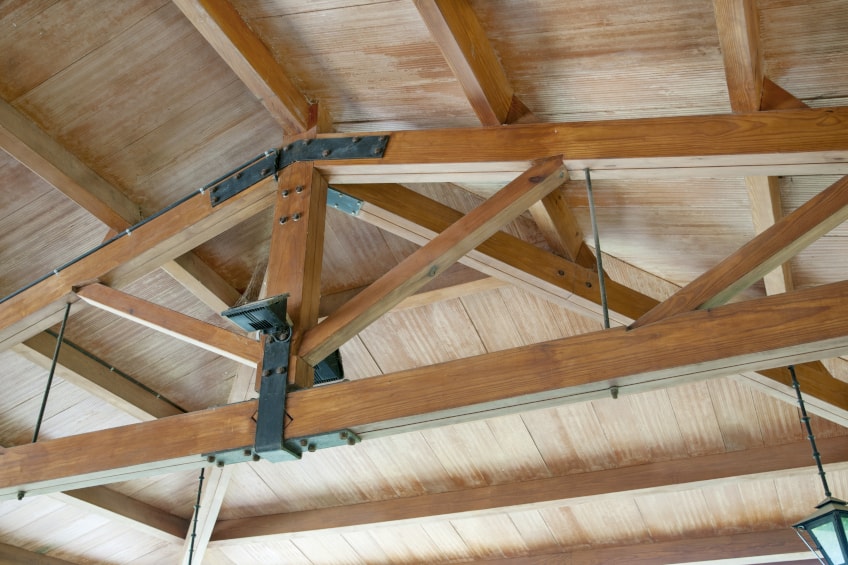
Easy to Work With
One of the reasons that beechwood is commonly used is because it’s one of the easiest materials to work with. Unlike some of the other hardwood species that have loads of knots and burls to deal with, beechwood has none. This means that cutting, drilling, tapping, and joining beechwood is really easy compared to other wood species.
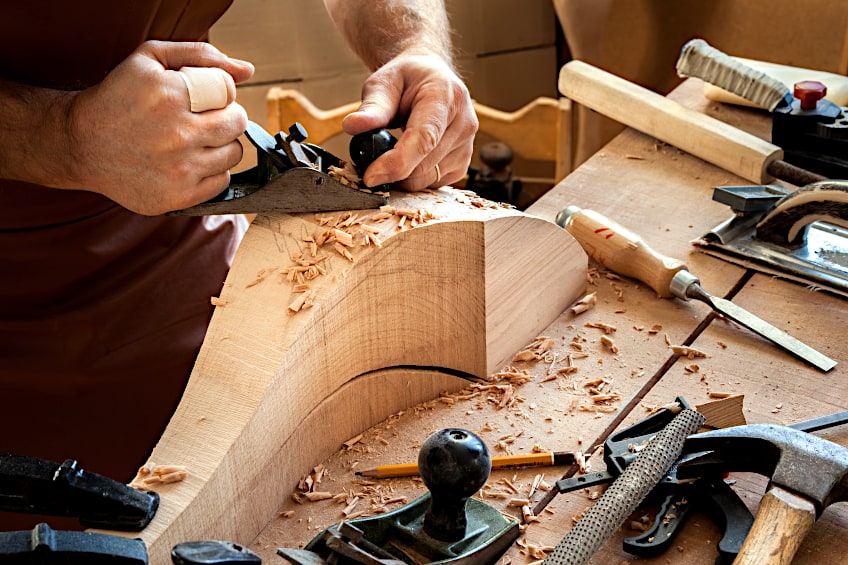
While the quality and exclusivity of wood can play a big part in wood selection for some people, the ease of use and quality is what seals the deal for most crafters. Beech fulfills these needs really well, which is why a large number of mass-produced furnishings are made from beech. This being said, while beech might not always be the best quality wood available it is nearly always the best value for money.
Makes Good Firewood
While it’s not exactly a crafting application, beechwood actually makes really good firewood. Most of the time, you need wood to be pretty brittle and dry for it to be good firewood. beechwood doesn’t contain any resin (which prevents combustion) so it catches flame with relative ease. If you’re concerned about how flammable beechwood is, don’t be. A good coat of paint or wood sealant is a great way to ensure that your beech workpiece does not accidentally catch ablaze.
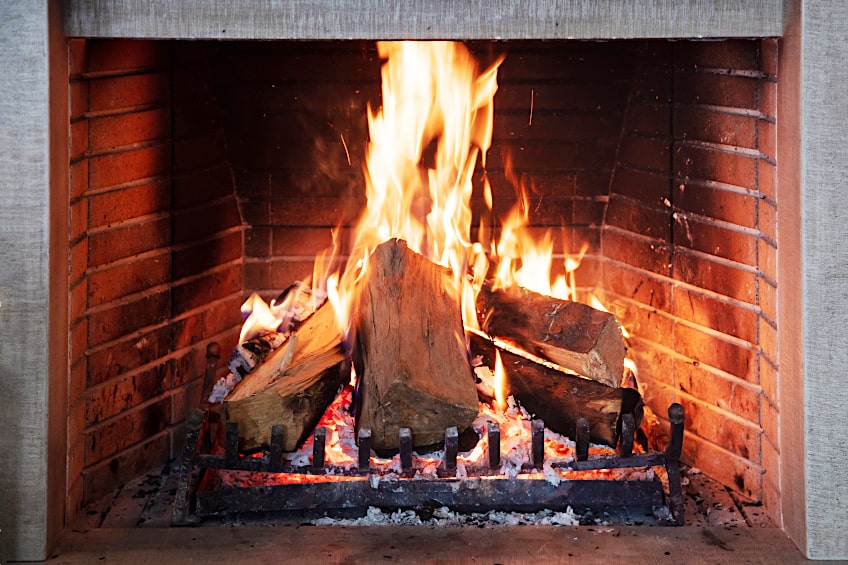
Cons of Beechwood
beechwood is really good wood, but it’s by no means a perfect material. beechwood is useful for loads of applications but there are some instances where it is simply not the right material for the job. This being said, here is a short list of beechwood characteristics that might make you think twice before using it for your next project.
Weight
One of the important characteristics of beechwood is that it is strong and dense. More often than not, those characteristics go hand in hand with weight, and beechwood is no exception. beechwood is pretty heavy, which means that using it for certain applications might not be the best idea, especially for larger workpieces.
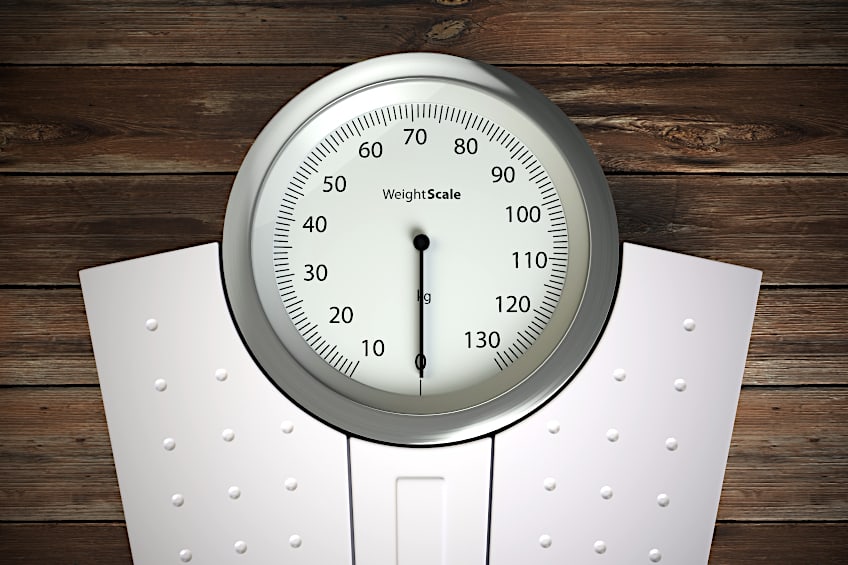
Tendency to Crack
We mentioned previously that beechwood contains no resin which is why it makes good firewood. However, the absence of resin makes beechwood pretty brittle which means that it might not be the best choice for applications that will have the wood facing regular impact and abrasion. However, this is easily remedied with the regular application of wood oils.
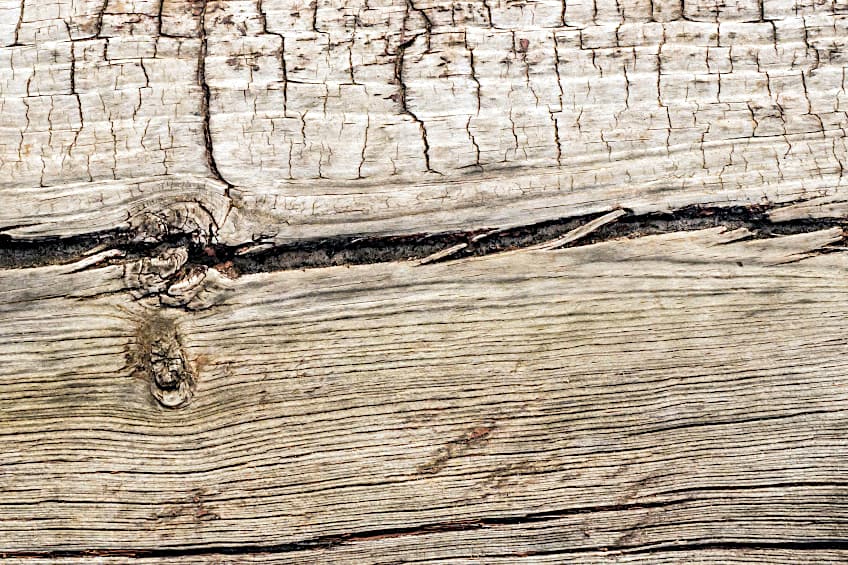
Loses Moisture Over Time
Another reason that beechwood might not be the best choice for every application is that it tends to lose a lot of moisture over time. This is why you should always store your beechwood indoors, and it should go without saying that leaving beechwood workpieces outdoors isn’t a good idea unless you’re planning on sealing and maintaining them fairly regularly.
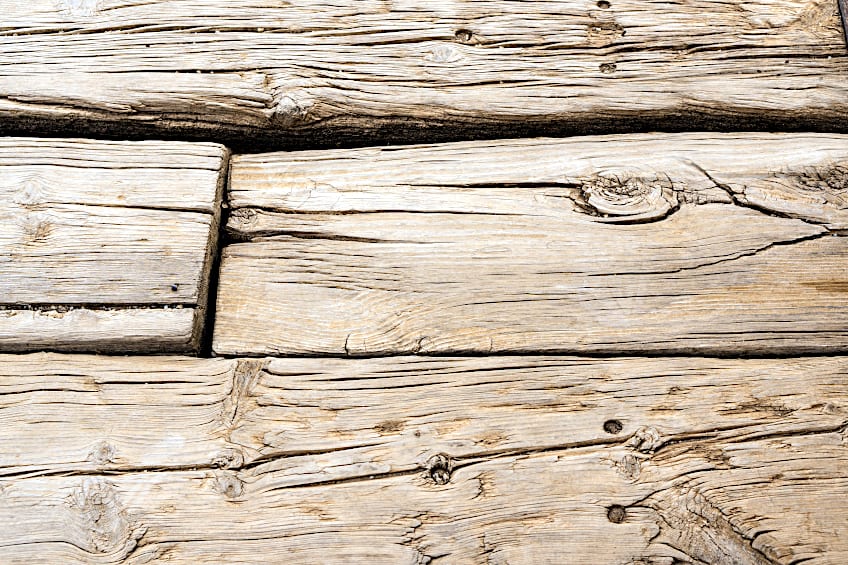
Difficult to Darken
We have covered that beechwood is one the easiest wood species to stain. However, it is quite challenging to stain beechwood a darker color. It might take two to three coats of wood stain or varnish before beechwood becomes noticeably darker. This is due to the inherent nature of beechwood’s fibers, but with a bit of elbow grease, it can be easily overcome.
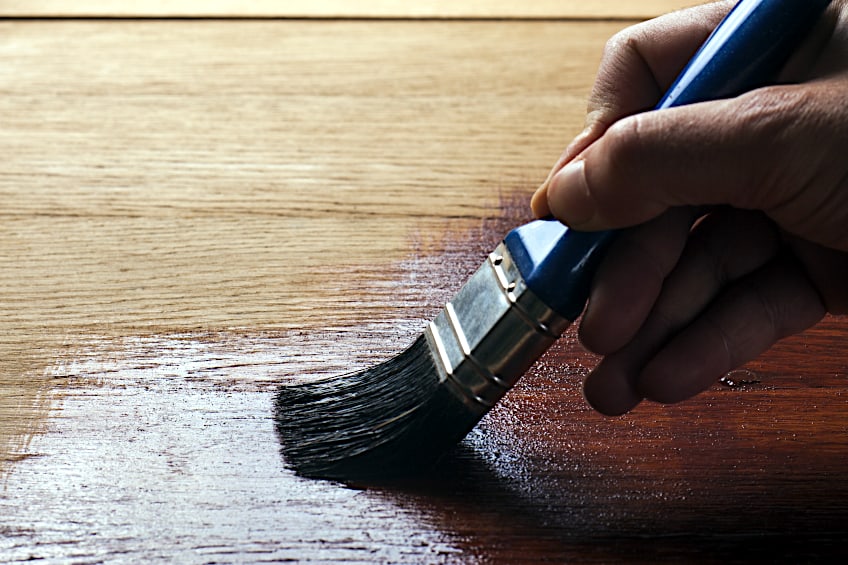
- Easy to treat
- Dense and hard
- Easy to work with
- Makes for good firewood
- Affordable
- Readily available
- Quite heavy
- Has a tendency to crack
- Loses moisture over time
- Not particularly weather-resistant
- Challenging to darken
How Can You Protect Your Beechwood Workpiece?
One of the most attractive characteristics of beechwood is that it is really easy to maintain compared to other wood species. Ironically, its ability to be easily maintained is also the reason that it needs to be maintained regularly. beechwood is really porous which is what allows it to accept wood treatments really easily.
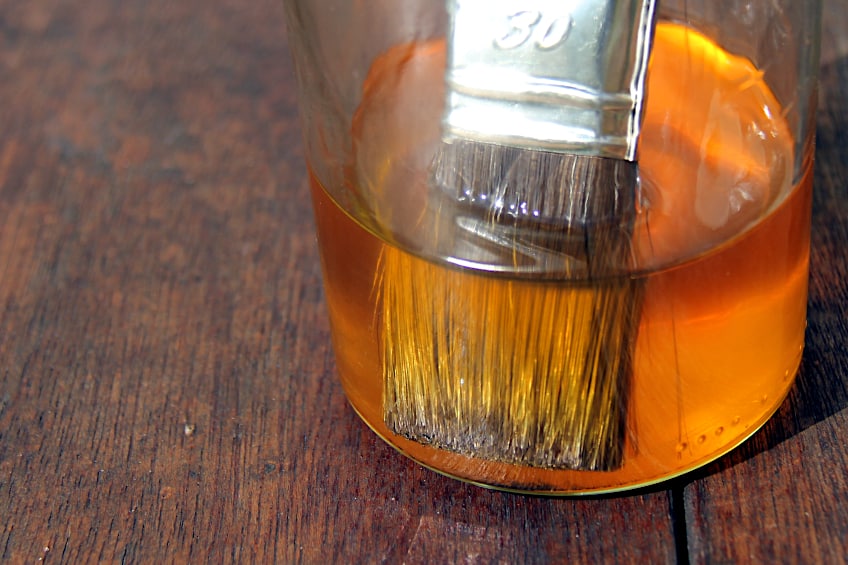
However, these pores need to be sealed, and these seals need to be maintained so things like rot, moisture, and insects don’t cause the wood to degrade. On the bright side, beechwood is super easy to maintain! If your beechwood is dirty, all you need to do to clean off things like dust and moisture stains is use a microfiber cloth that is slightly wet.
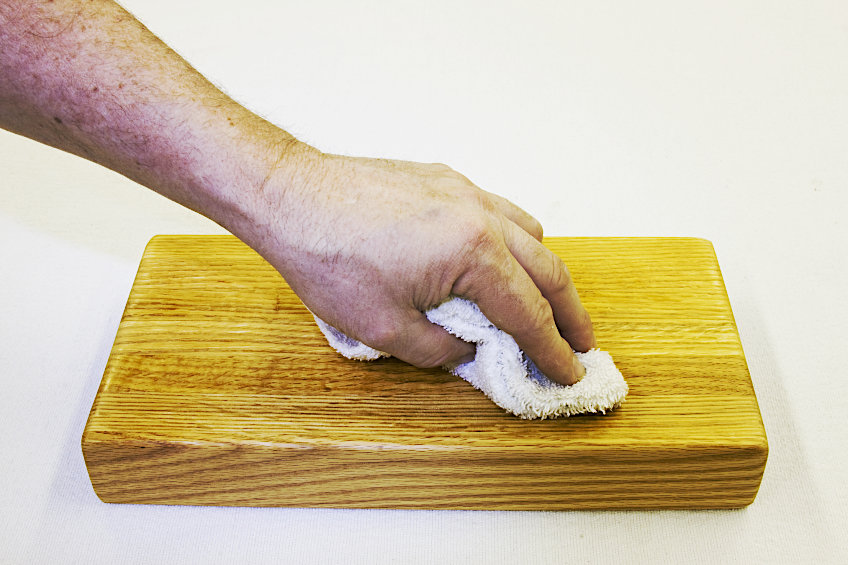
The aforementioned works if you have untreated beech (never a good idea). If you’re working with beechwood that has had wood treatment applied to it, it is best to clean it off with a dry cloth to avoid spoiling the finish of your workpiece. Once you’ve given your workpiece a good wipe down, apply a fresh layer of treatment oil or wood wax (whichever you applied initially).
Wondering how to maintain beechwood color? The best way to maintain the look of your beechwood without altering the color too much is by using tung oil. Tung is a completely natural oil that contains no additives, and it will seal those wood pores temporarily. However, this won’t last very long, you will have to seal the surface of your workpiece with an epoxy eventually.
Is Beach Wood Toxic?
Is beechwood toxic? Well, the good news is that the wood of the beech tree is not toxic. The bad news is that the fruit of the beechwood tree (also known as beechnuts) can be toxic to animals and humans if ingested. Although not fatal in most instances, we wouldn’t recommend taking the chance. The leaves of the beech tree are non-toxic though.
Now that you know what beechwood is, some of its key characteristics, what it’s used for, some of the pros and cons associated with it, and what you can make from it, it’s time for you to get out there and put your newfound knowledge to the test. Remember that the fruits of beech trees can be toxic, and consider your application before considering it for your workpiece.
Frequently Asked Questions
What Is the Price of Beechwood?
Beechwood is pretty inexpensive compared to many other types of wood. Although it is typically used in combination with more expensive wood species, beechwood is affordable, being priced at roughly $4.00 to $6.00 per board foot of beech.
Is Beech a Good Wood?
Beech is one of the most versatile and widely used woods out there. Beech can be used as a good firewood, it can also be used as a solid construction material, not to mention a good furniture wood. For its price and versatility, it’s a very good wood objectively speaking.
Is Beech a Hardwood or Softwood?
Is beech a hardwood or a softwood? Beech is very much a hardwood species. Beech falls into the same class of hardwood as walnut and maple and is therefore often used for the same applications. Although beechwood is commonly used in the construction of cabinetry and furniture, it can also be used in the construction of flooring and doors.

I have been into woodworking since 2005 and woodturning since 2011. Because of my love for wood and woodworking, I started woodhappen.com to teach other enthusiasts about how to finish and seal wood, the best woodworking tools, the different types of wood, and everything else related to woodworking! Read more about me here.

